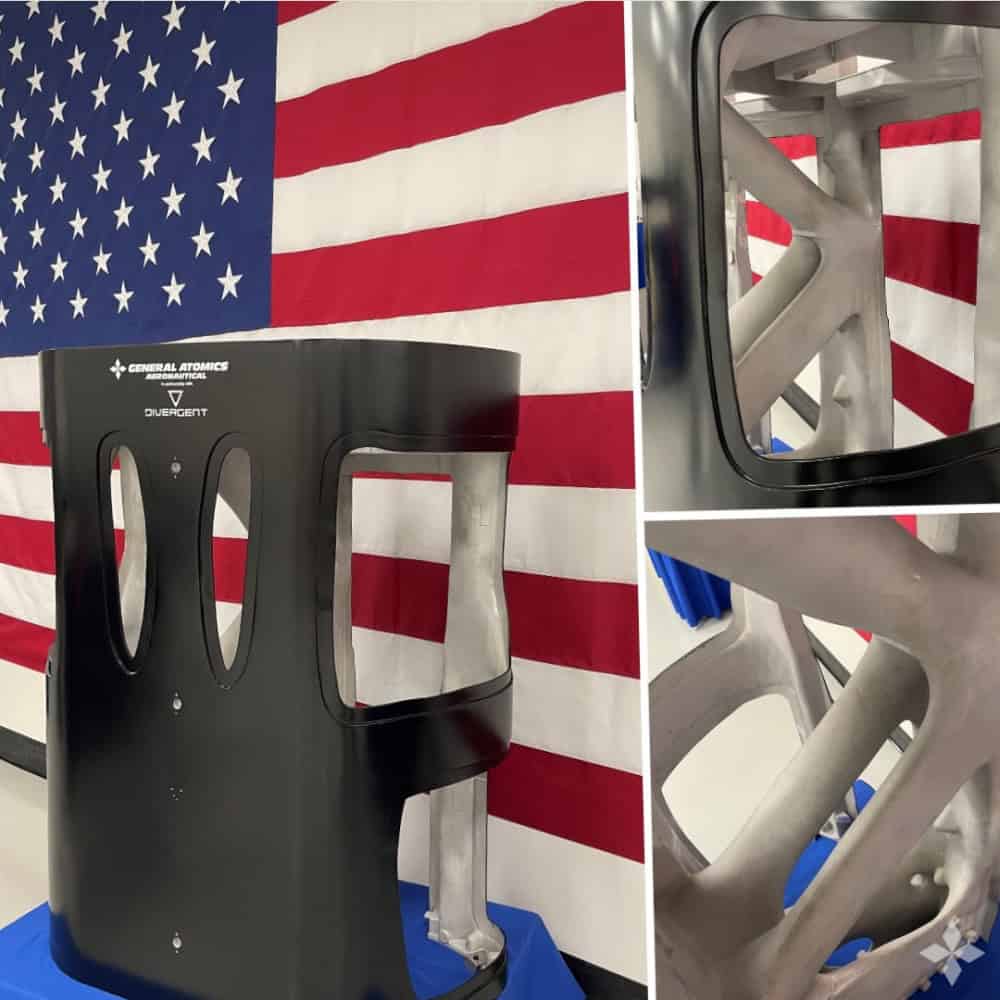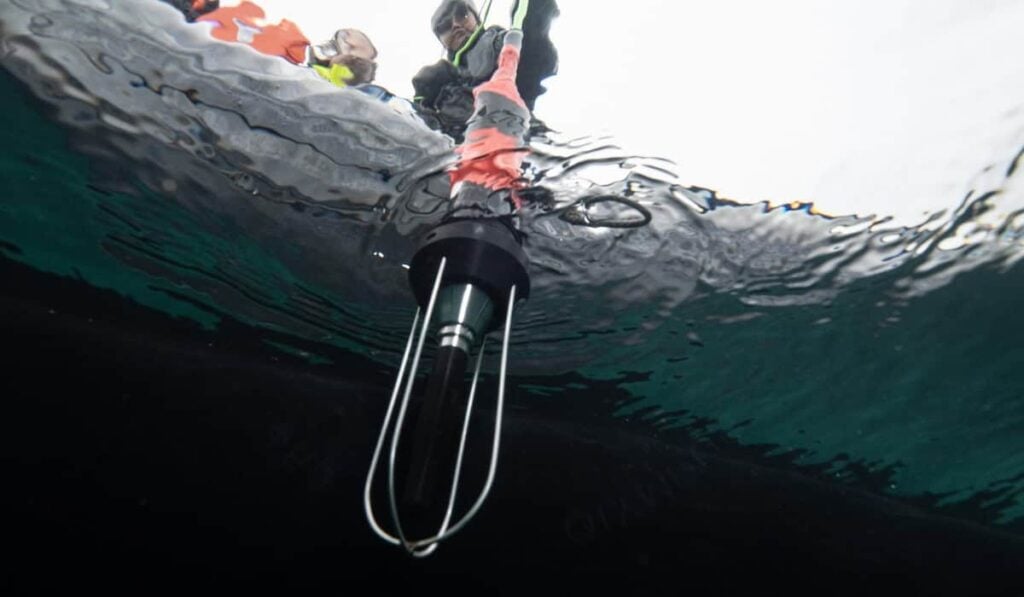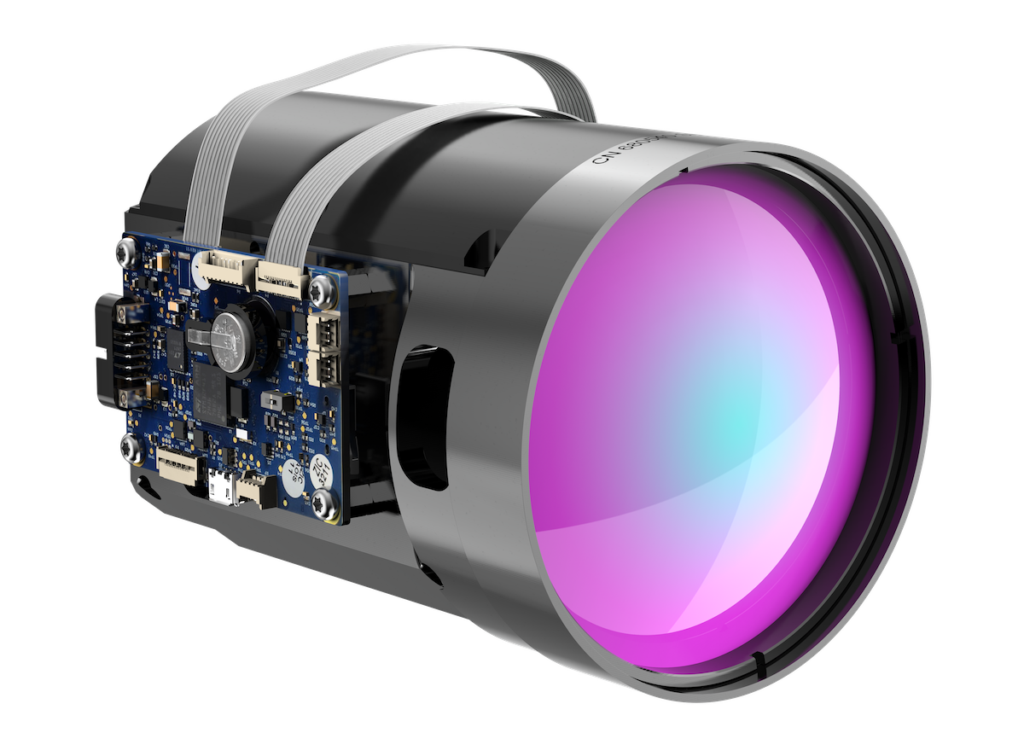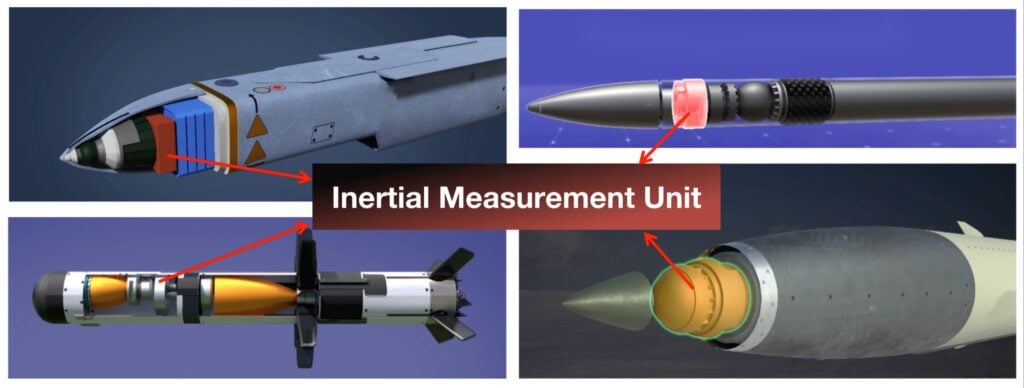
Discover Leading Defense Technology Solutions
Discover cutting-edge solutions from leading global suppliers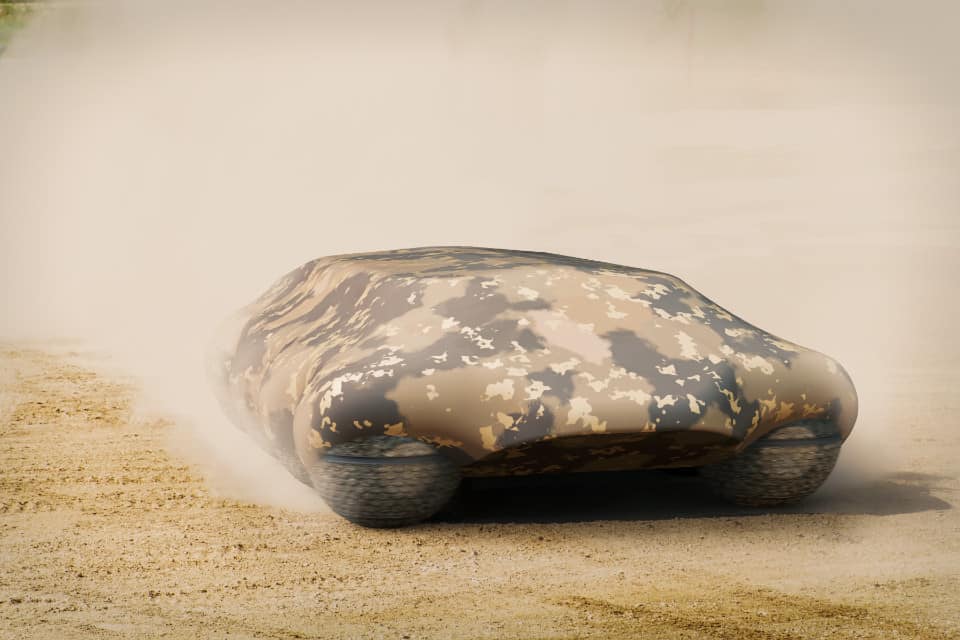
The Defence Science and Technology Laboratory (Dstl) has initiated a study into future Uncrewed Ground Vehicle (UGV) concepts to explore cost effective solutions to protect UGVs from threat and provide specific armour and technology that will ensure high levels of mobility, survivability and mission availability to support crewed platforms in battlefield warfare.
The work has been carried out in conjunction with a consortium led by RBSL with Prodrive, ARKE, ThinkCreative, Cranfield University and BAE Systems as key partners, and was announced at the 2021 Defence and Security Equipment International (DSEI) trade exhibition.
The concept study has focused on 2 timescales: the near term which addresses solutions that could be realised using currently available or mature technologies, and the longer term looking at technologies that are likely to be available 10 years or further ahead.
The focus has been on medium weight platforms, around 2 to 5 tonnes, which have been the subject of a lot of interest due to the useful payloads they can carry.
The Dstl project lead Matt Ackroyd explained: “When Uncrewed Ground Vehicles were first fielded it was usually for dangerous tasks such as deactivating or destroying Improvised Explosive Devices with the goal of removing the operators from harm’s way and accepting the device itself was at risk of damage or destruction. As thinking on the use of UGVs evolved the focus moved to so called ‘Dull, Dirty and Dangerous’ tasks such as route proving, contaminated ground reconnaissance and decontamination.”
“Today the trend is towards the use of UGVs as platforms for key combat capabilities such as resupply, casualty evacuation, reconnaissance, weapons platforms, decoys and communication nodes.”
Matt continued: “This is very exciting work. As well as enhancing mobility the novel suspension systems significantly improve the ride and hence improve reliability and provide a stable sensor and weapon platform. The use of armour protection for key components and enhanced signature management systems to exploit the benefits of the small platform size have been explored along with weight and cost effective means to provide robustness, redundancy and fall back modes. The concepts are now being benchmarked against the performance of best in class current UGVs and their operational use explored in synthetic environment based experimentation.”













